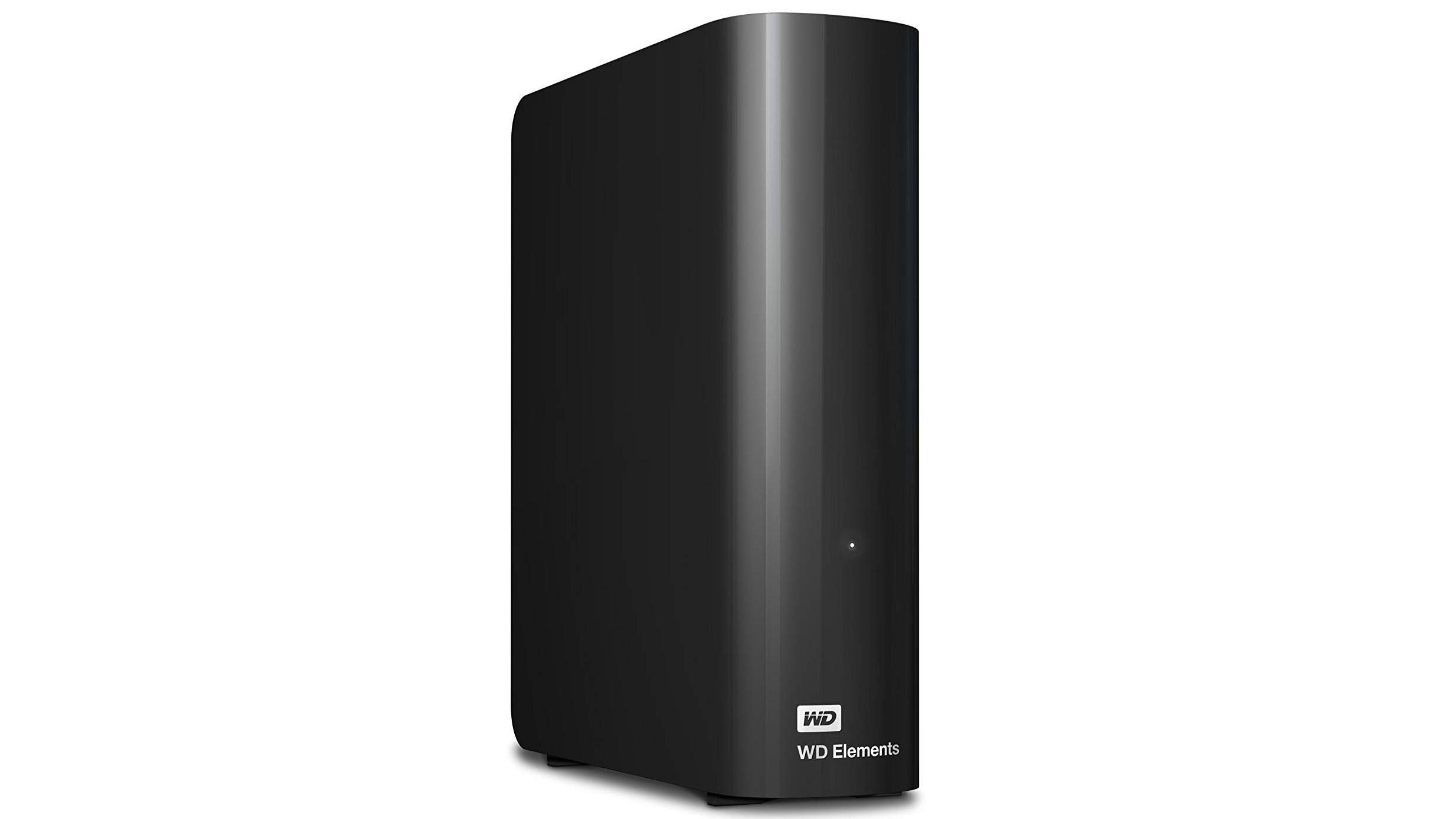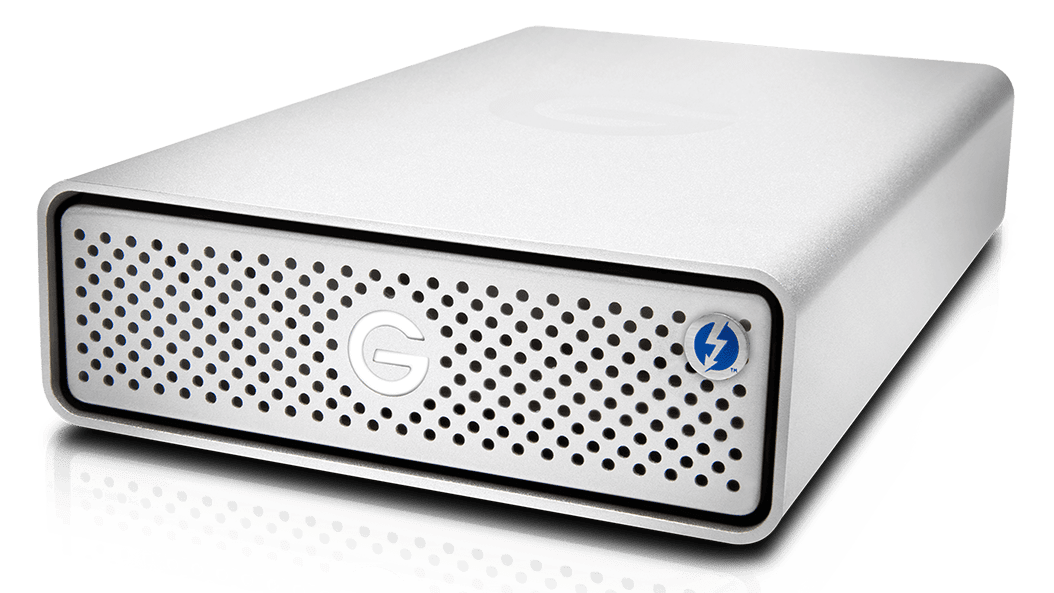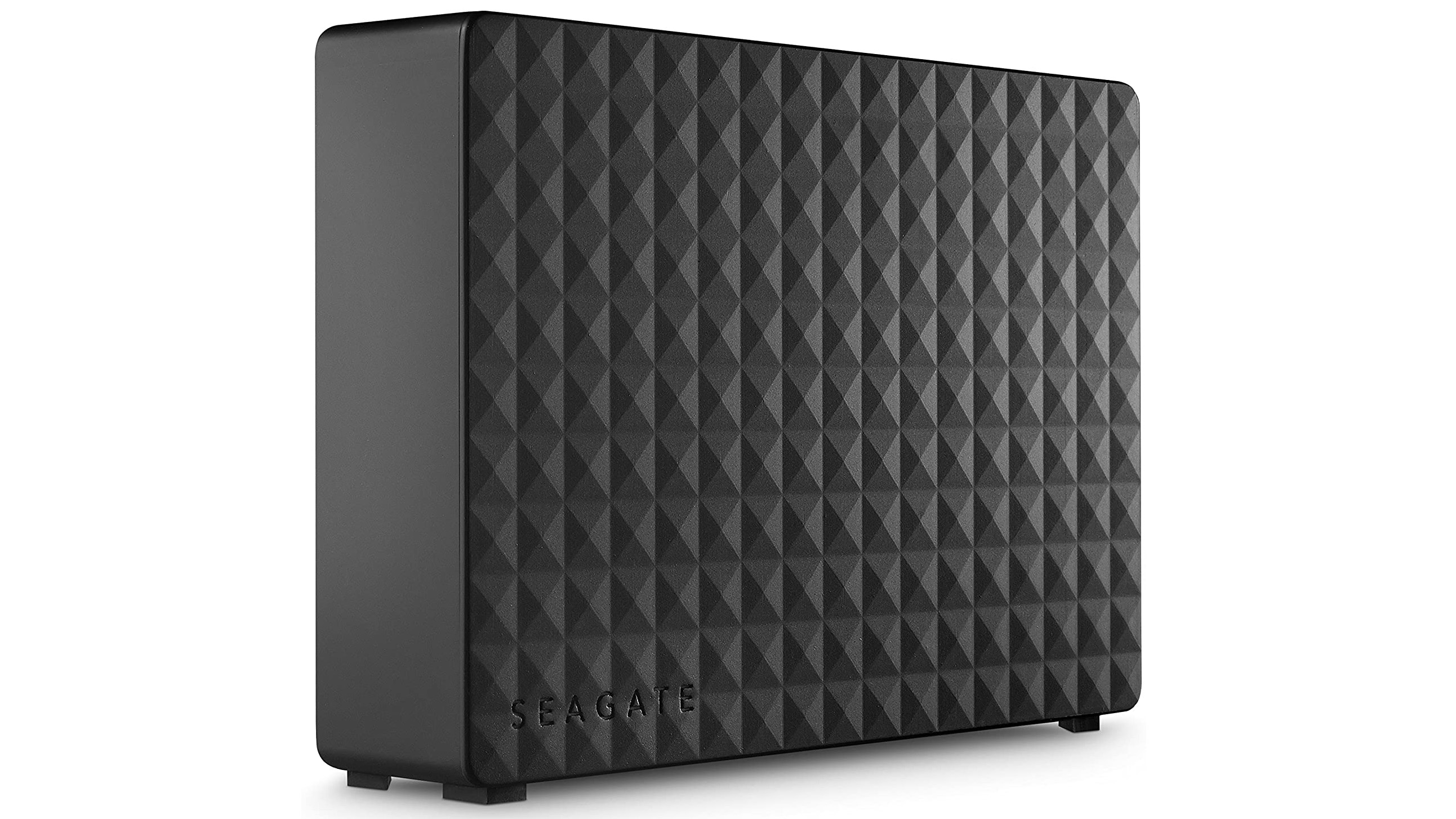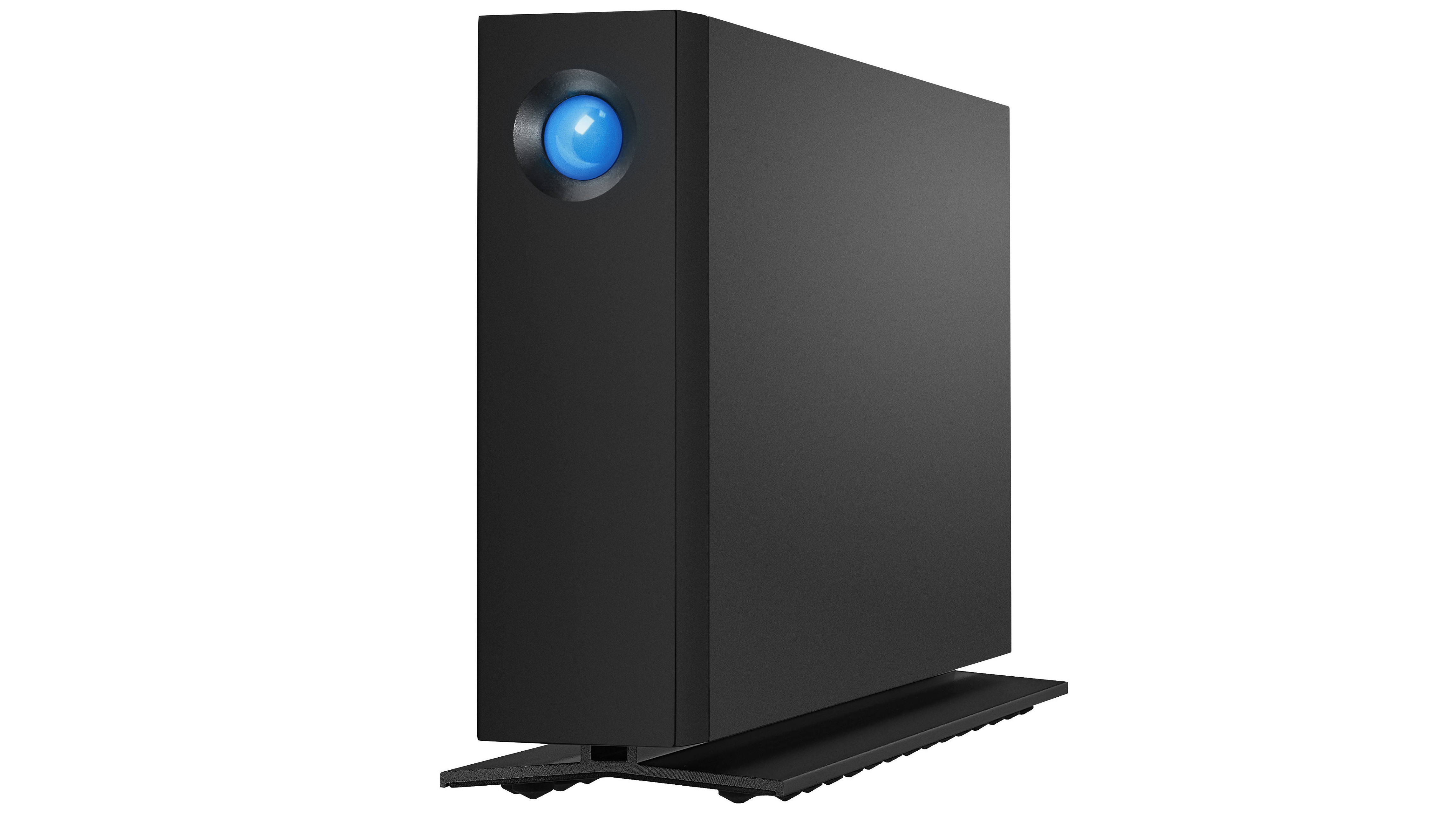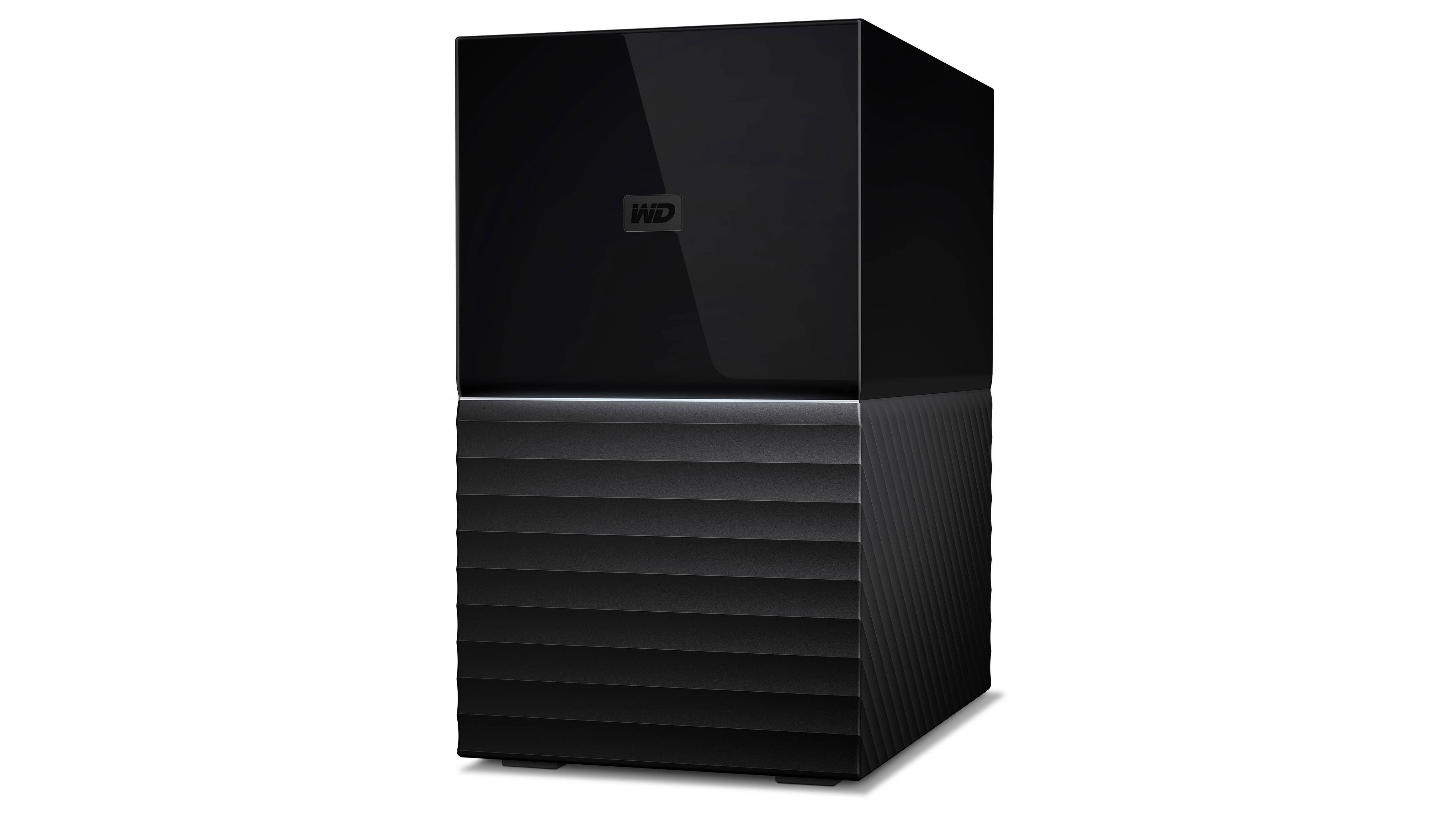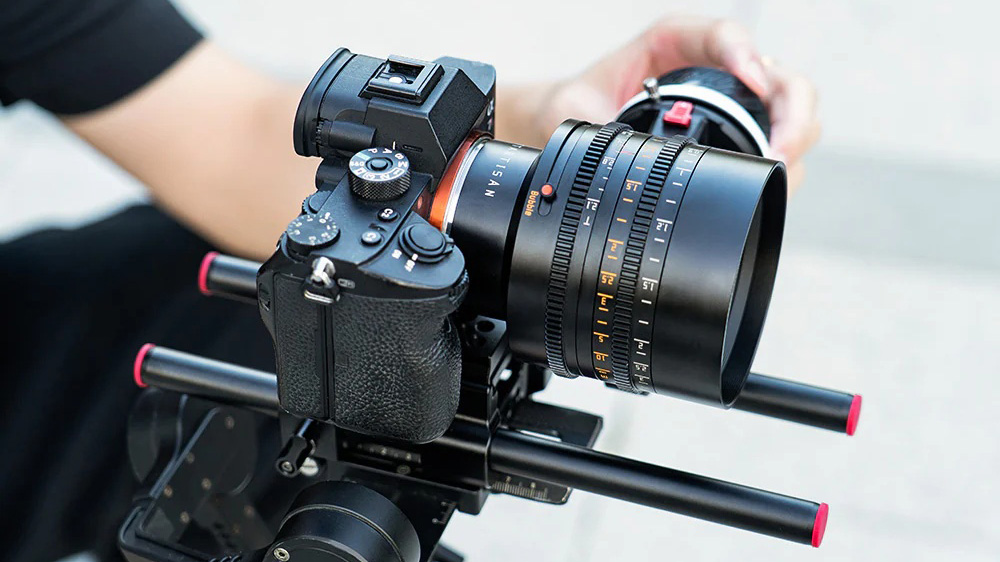Best external hard drives: clever drives for added storage and backups
Store gigabytes of photos and videos with the best external hard drives for photographers
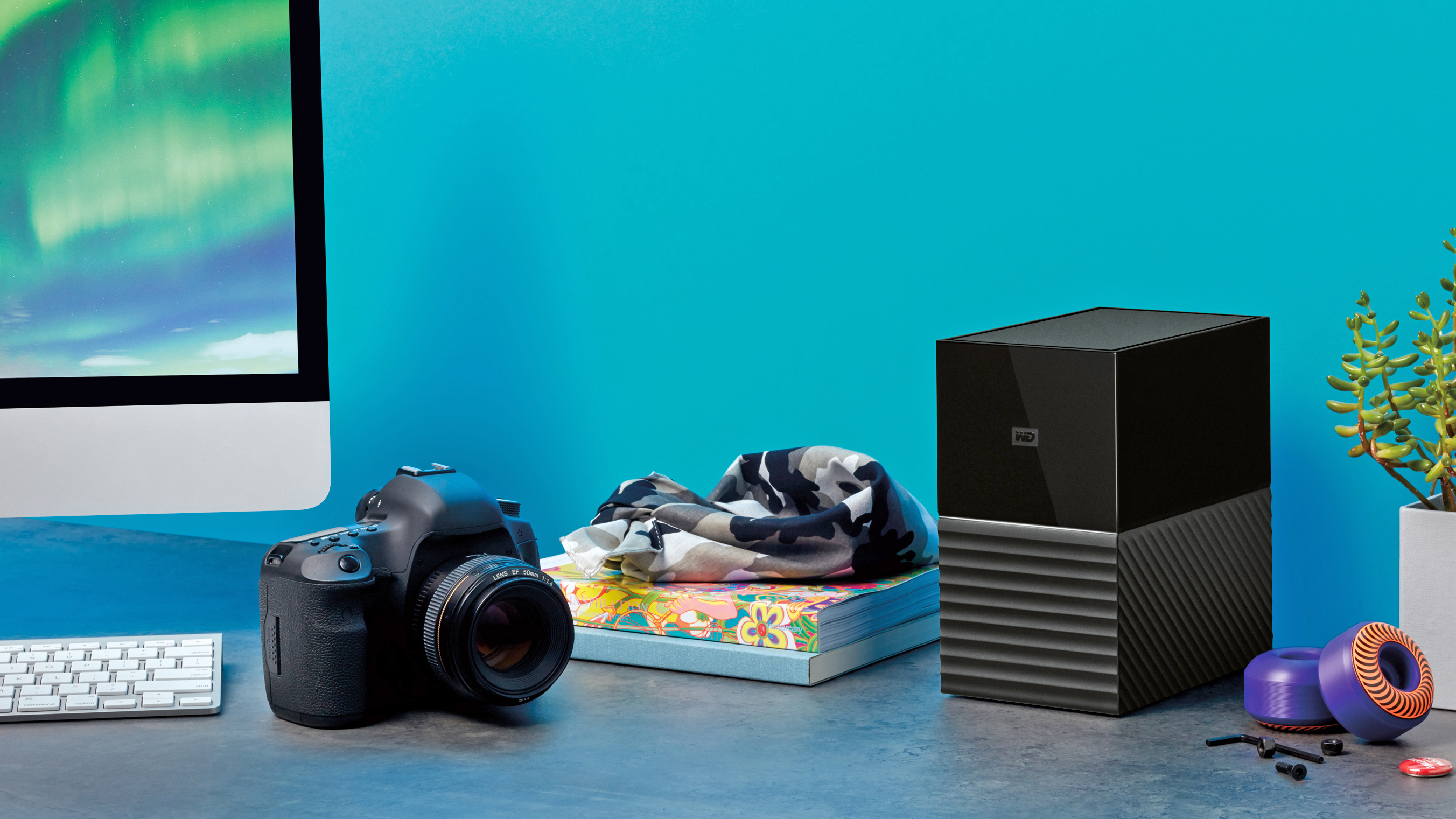
The best external hard drive offer huge amounts of storage, which frees up space on your computer, and makes it easy to back up your files quickly and regularly. And they're pretty easy to use too: no technical knowledge required.
Is an external hard drive the right choice for you? It might not be. If you're frequently on the go, you may prefer a portable hard drive as they're smaller and don't require a separate power supply. Alternatively, if you want the very fastest transfer speeds, then one of the best SSDs will be speedier than a conventional hard drive. The downside is that SSDs are a lot more expensive per gigabyte of capacity. On the whole then, for at-home desktop use, the drives you'll find below are your best bet.
Read on as we compare each device for affordability, speed, capacity, and ease of use, to help you find the best external hard drive.
Our top picks
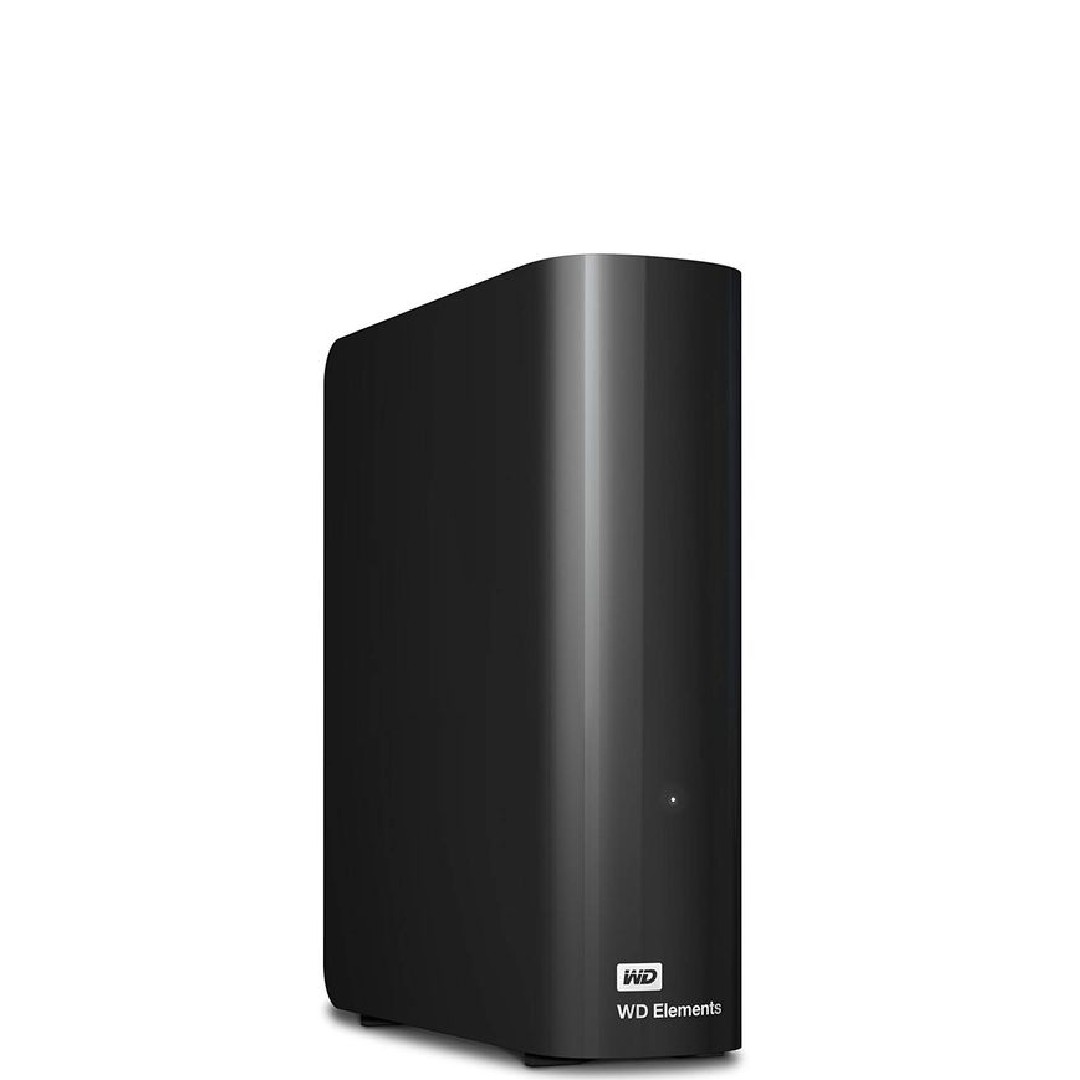
Best overall
This is our top pick among the best external hard drives available today. You'll find transfer speeds plenty quick enough for transferring high res images and HD video without too much waiting, with USB 3.1 connectivity offering wide compatibility.
Read more below

Best for Mac
If you have one of the latest Macs, your external hard drive really needs Thunderbolt connectivity to ensure the best performance. Plus you want it pre-formatted to work flawlessly with Macs straight out of the box. Here's our top pick.
Read more below

Best basic
Seagate's no-frills desktop hard drive features capacities ranging from 4TB to 18TB, with the 6TB and 8TB options currently being the best value. A USB 3.0 connection gives you speed as well as easy plug-and-play compatibility.
Read more below
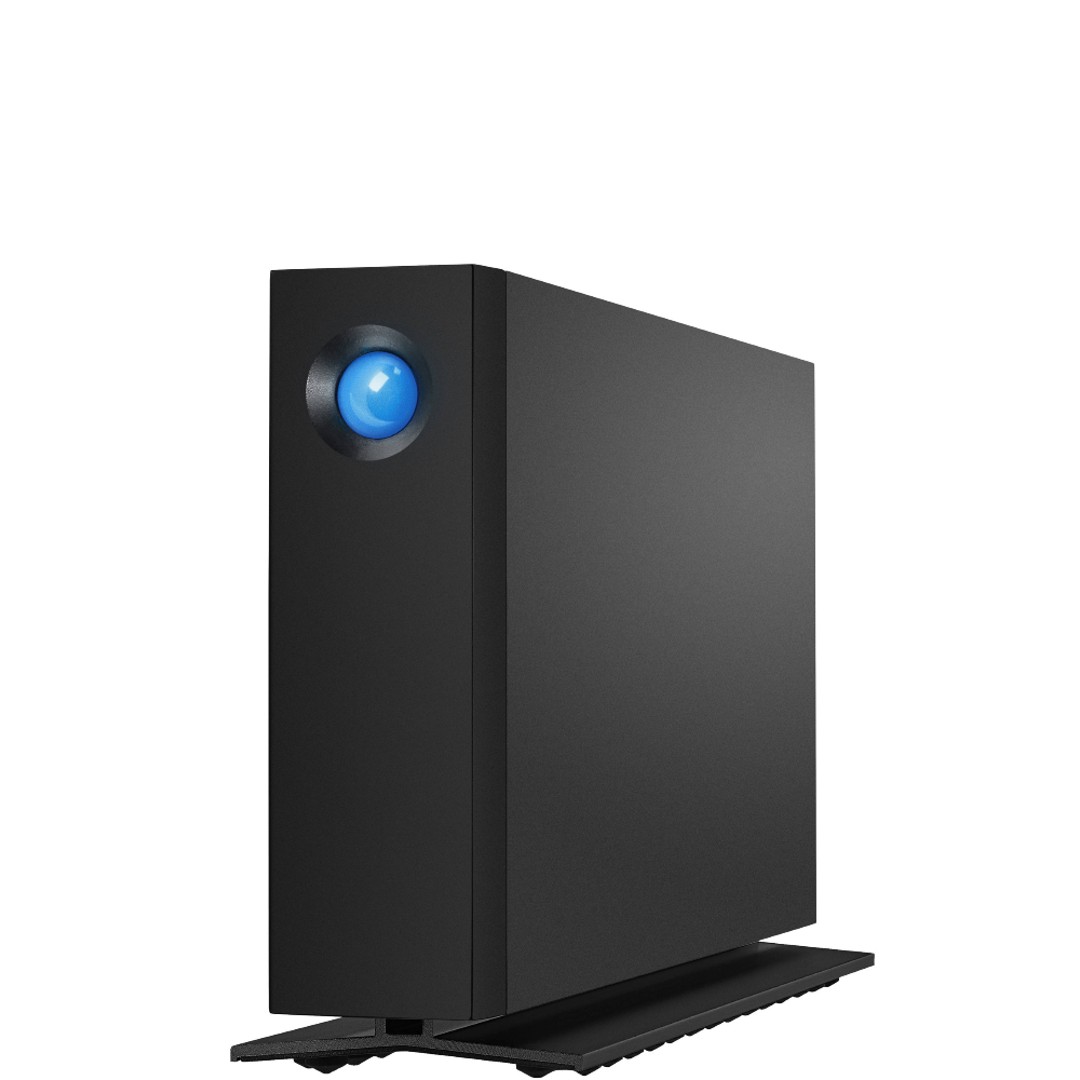
Fastest
When linked to your computer via a modern and fast USB 3.1 Gen 1 Type-C port, the LaCie d2 hard drive offers a compelling compromise between blistering read speeds (of up to 240MB/s) and spacious, cost-effective storage.
Read more below

Best security
Even if you lose this hard drive, people won’t be able to access it thanks to the physical keypad which requires a PIN to be entered. It's got a rugged design, is encrypted with 256-bit AES, and you can even set it to wipe itself if it gets stolen.
Read more below
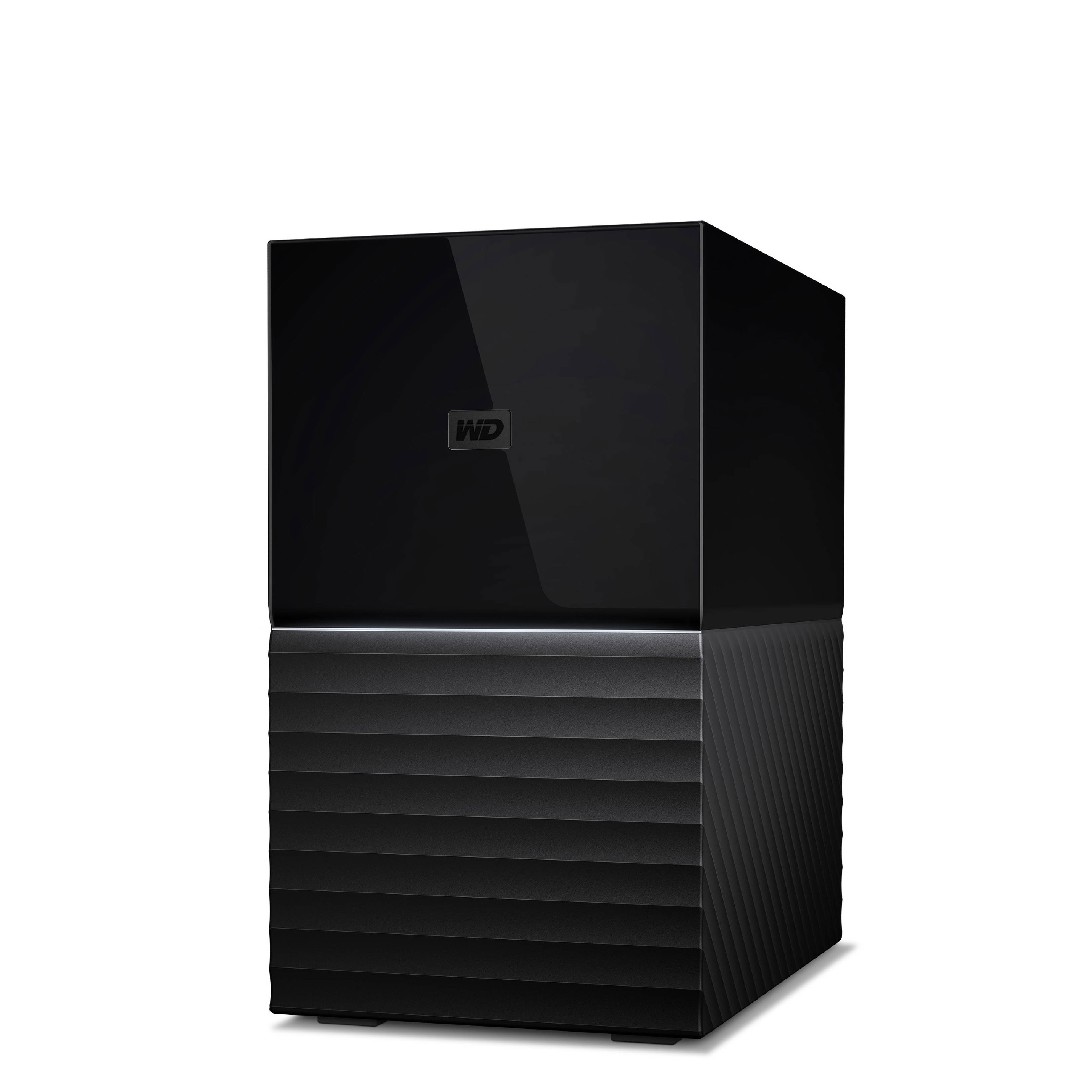
Best for backups
This device can be set up so your photos are automatically backed up on a second hard drive. It also comes with 256-bit AES hardware encryption, and automatic backup software (WD SmartWare Pro), and dual USB 3.0 ports.
Read more below
Best desktop hard drives
Why you can trust Digital Camera World
Best external hard drive overall
1. WD Elements Desktop 8TB
Specifications
Reasons to buy
Reasons to avoid
WD is an established name in the hard drive business, and this is our top pick among the best external hard drives available today. You'll find transfer speeds plenty quick enough for transferring high res images and HD video without too much waiting, with USB 3.1 connectivity maintaining wide compatibility with most computers.
Capacities range from 4TB to a humongous 22TB, with loads of options in between. We think the 8TB version is the best value, but regardless of the capacity you go for, WD Elements Desktop drives usually give you the most storage for the least cash.
Best external hard drive for Mac
2. SanDisk G-DRIVE Pro with Thunderbolt 3
Specifications
Reasons to buy
Reasons to avoid
If you have one of the latest Macs, your external hard drive really needs Thunderbolt 3 connectivity to ensure the best possible performance. (Why not Thunderbolt 4? See our FAQs). Plus you want it pre-formatted to work flawlessly with Macs straight out of the box. In this case, this model from SanDisk is our top pick.
As well as Thunderbolt 3 ports, you also get up to 18TB of storage, which should be more than enough for most people. If you consider that overkill, versions from 4TB and up are also available at a lower cost.
Don't worry too much about under-shooting, either. After all, if you find yourself needing additional space later down the line, you can always use that second Thunderbolt 3 port to daisy chain an additional G-Drive.
Best basic external hard drive
3. Seagate Expansion Desktop 8TB
Specifications
Reasons to buy
Reasons to avoid
Seagate's no-frills desktop hard drive certainly looks the part with its distinctive geometric patterned case design. Capacities range from 4TB to 18TB, with the 6TB and 8TB options currently being the best value and spacious enough for around 1.6-million JPEG images.
The drive's fast USB 3.0 connection gives you speed as well as easy plug-and-play compatibility with most computers. Just bear in mind the included USB Type-A cable may need a cheap adapter to convert it to a Type-C plug that'll fit a modern MacBook.
Fastest external hard drive
4. LaCie d2 Professional USB 3.1 Type-C External Hard Drive
Specifications
Reasons to buy
Reasons to avoid
If you want to transfer files to or from a hard drive more quickly, its rotation speed matters. Measured in RPM, just like a car engine, most external drives are rated at 5400RPM. However there's a rarer breed of faster 7200RPM drives, and the Lacie d2 is one of these select high-performance external hard drives.
With read speeds of up to 240MB/s and linked to your computer via a modern and fast USB 3.1 Gen 1 Type-C port, the d2 offers a compelling compromise between spacious, cost-effective storage while maintaining a decent turn of speed.
Currently, the 8TB drive gets you the best bang per buck, though 4TB to 14TB options are available. Every d2 contains a professional-grade Seagate BarraCuda Pro hard disk inside, rated for 24/7 industrial use, further justifying this drives more premium pricing.
Best external hard drive for security
5. iStorage diskAshur 2TB external hard drive
Specifications
Reasons to buy
Reasons to avoid
No one wants their photos stolen, and with the iStorage diskAshur 2TB external hard drive, even if you misplace it, people won’t be able to access it. That’s thanks to the physical keypad which requires a PIN to be entered before you can use the drive.
It's encrypted with 256-bit AES, and you can even set it to wipe itself if it gets lost or stolen. Its rugged design means your photos are also protected from accidents, and the 2TB storage offers plenty of space for even the most prolific photographers. You do pay for this added security, though.
RAID drives
Best RAID drive overall
6. WD My Book Duo external hard drive
Specifications
Reasons to buy
Reasons to avoid
The WD My Book Duo external hard drive is our pick for the best desktop storage device for photographers who have large amounts of photographs they want to store – while also ensuring that those photographs are completely safe.
The Duo (two hard drives are packed inside, doubling capacity) comes in 16, 20, 24, 28, 36, and even 44TB capacities, although predictably the largest capacities command serious price tags. The two drives within can be set up in a RAID 1 configuration, so your photos are automatically backed up on a second hard drive. It also comes with 256-bit AES hardware encryption, and automatic backup software (WD SmartWare Pro), and dual USB 3.0 ports.
If you like the look of the MyBook Duo but want something a little sleeker, the single-drive WD My Book (non Duo) can be had in 4TB to 22TB capacities.
Best RAID drive for pros
7. SanDisk Professional G-RAID MIRROR
Specifications
Reasons to buy
Reasons to avoid
SanDisk Professional has an extensive range of G-RAID drives, with capacities ranging from a reasonable 12 terabytes up to a gargantuan 48TB. It connects to your computer via a fast Thunderbolt 3 connection (comfortably quick enough to let the included 7200RPM hard drives operate to the max), or there's a USB 3.2 Gen 2 interface for PCs without Thunderbolt ports.
The classy solid aluminum enclosure should look great on most desktops and further helps justify the price.
FAQs
What is an external desktop drive?
Unlike an internal drive, which is fitted inside your computer, an external hard drive is a device that you plug into it from the outside, and which provides you with more storage space for your files, images, videos and other data.
The cheapest and simplest type is known as an external desktop drive, and contains a single hard disk.
Even the lowest capacity desktop drives now offer at least 2TB of storage, which is enough for over 500,000 JPEG images; plenty of space for the average user. And with top-end desktop drives packing up to 16TB, you'll struggle to fill them even if you shoot high bit-rate 4K video.
What is a NAS drive?
NAS drives are external hard drives that can be connected to your internet router, so they can be accessed from anywhere you can get an internet connection. (NAS stands for Network Attached Storage.) It's like having your own personal cloud storage, but with more space, no monthly fees and you being in full control.
You log in to the drive from a computer or mobile device using your private username and password. Then you can view, upload or download your files, whether you're at home or on the go. And friends and family can do the same if you allow them access.
Like the sound of a NAS drive? There's just one rather big thing you should know. NAS drives are usually sold without any actual hard disks inside. The idea is you fit your own, so you can choose the right amount of storage space to suit your needs and budget. See our guide to the best NAS drives for more information.
What is a RAID drive?
A RAID drive is an external hard drive that contains two or more individual hard disks. (Just in case you were wondering, RAID stands for Redundant Array of Independent Disks.)
This isn't just to give you even more storage space: it's even smarter than that. With two hard disks inside and a clever controller processor, when you back up to a RAID drive, it automatically copies your data to both hard disks. Should one of the disks inside ever fail, you still have all your files safely saved on the other disk.
Does my hard drive need to support Thunderbolt 4?
Not really. Thunderbolt 4 is very similar to Thunderbolt 3 in terms of storage performance: Both offer a maximum data transfer rate of 40Gbps, which is overkill for most external hard drives (HDDs) since HDDs themselves have much slower read/write speeds (typically below 200MB/s).
Also, due to its additional features like display support, Thunderbolt 4 drives tend to be pricier than those with USB-C or even Thunderbolt 3. So, if you're just using the external hard drive for basic tasks like storing documents or backing up files, a USB-C or Thunderbolt 3 drive will be sufficient and more cost-effective.
How to choose the best external hard drive
The best external hard drive will vary from person to person, depending on your needs. Consider how much data you need to store (1TB for basic files, 4TB+ for videos), whether speed or durability is more important, how you'll connect it (USB 3.0 is common, USB-C is faster but requires compatible devices), and if you need extra security (encryption for sensitive data). By thinking about these factors, you'll find the perfect external hard drive for you.
How we test the best external hard drives
We put external hard drives through their paces to find the most reliable and well-rounded options. We use benchmark software to measure real-world transfer speeds across various connection types (USB 3.0, USB-C, Thunderbolt). We also evaluate capacity, portability, noise levels, and any included software for ease of use and security features. This ensures we only present to you the best external hard drives for your buck.
Read more:
The best photo-editing laptops
The best recovery software for photos
The best budget laptops
The best portable SSDs
Best flash drives
The best desktop computers for photo editing
The best monitors for photographers
The best camera deals, reviews, product advice, and unmissable photography news, direct to your inbox!
Ben is the Imaging Labs manager, responsible for all the testing on Digital Camera World and across the entire photography portfolio at Future. Whether he's in the lab testing the sharpness of new lenses, the resolution of the latest image sensors, the zoom range of monster bridge cameras or even the latest camera phones, Ben is our go-to guy for technical insight. He's also the team's man-at-arms when it comes to camera bags, filters, memory cards, and all manner of camera accessories – his lab is a bit like the Batcave of photography! With years of experience trialling and testing kit, he's a human encyclopedia of benchmarks when it comes to recommending the best buys.
